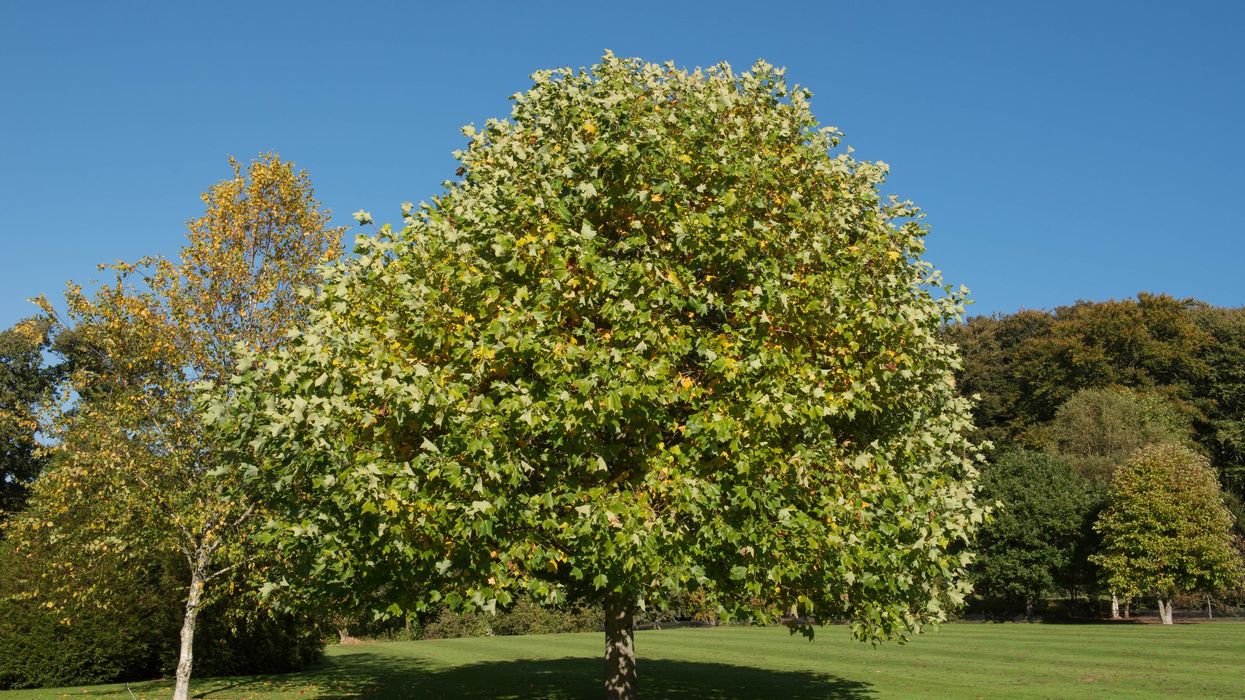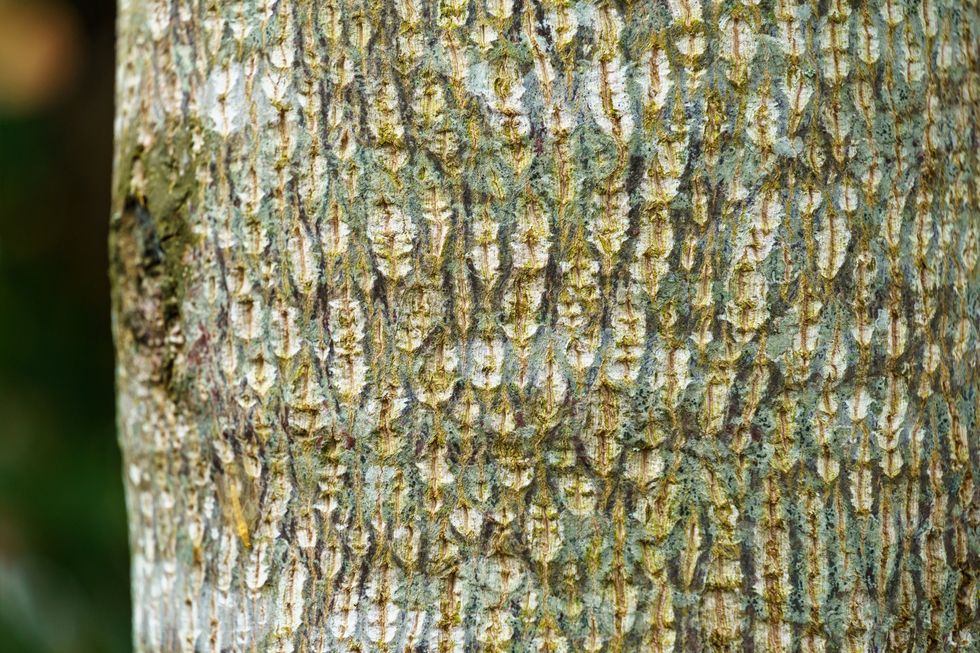Harry Fletcher
Jul 31, 2024

iStock
It turns out there has been a secret hiding in gardens across the world this whole time, which could change our understanding of carbon storage.
New research has pointed to two types of the tulip tree, which is relatively common, and its properties are – as it turns out – pretty extraordinary.
Remarkably, it is neither a soft or a hardwood, and biochemists have argued that the properties of the tree could have first emerged up to 50 million years ago, the same time as a drop in carbon dioxide in the atmosphere.
It all focuses on research undertaken by Jan Łyczakowski of Poland’s Jagiellonian University and Raymond Wightman from Cambridge University in the UK. The research was published in New Phytologist.
The research is around the structure of the wood itself – more specifically its macrofibrils, which are much larger than the ones found in hardwood trees, and could change scientific approaches to carbon storage.

Łyczakowski said: "Both tulip tree species are known to be exceptionally efficient at locking in carbon, and their enlarged macrofibril structure could be an adaptation to help them more readily capture and store larger quantities of carbon when the availability of atmospheric carbon was being reduced.
"Tulip trees may end up being useful for carbon capture plantations. Some east Asian countries are already using Liriodendron plantations to efficiently lock in carbon, and we now think this might be related to its novel wood structure."
The research involved scanning electron cryomicroscopy (cryo-SEM) to analyse the cell walls of the trees.
Łyczakowski said: "The main building blocks of wood are the secondary cell walls… [which] are also the largest repository of carbon in the biosphere, which makes it even more important to understand their diversity to further our carbon capture programmes to help mitigate climate change."
The experts also speculated that the Liriodendron tulipifera and Liriodendron chinense, which are two species of tulip tree, emerged on our planet around 30 to 50 million years ago, coinciding with a dramatic drop in carbon dioxide in the atmosphere. This could be why it’s so good at absorbing carbon, according to the researchers.
Sign up for our free indy100 weekly newsletter
How to join the indy100's free WhatsApp channel
Have your say in our news democracy. Click the upvote icon at the top of the page to help raise this article through the indy100 rankings
Top 100
The Conversation (0)












